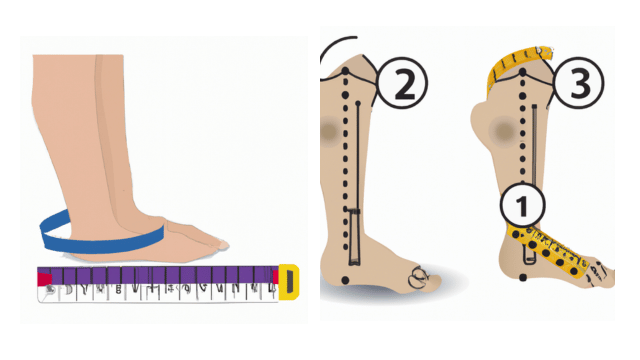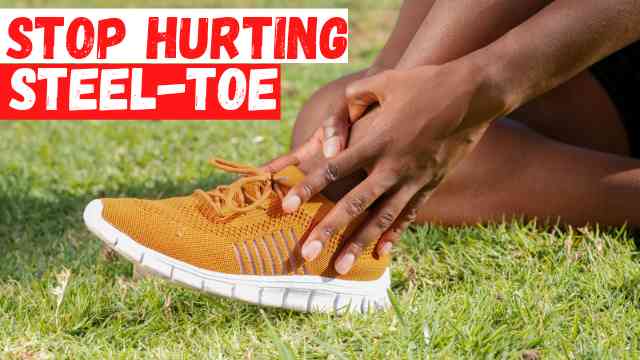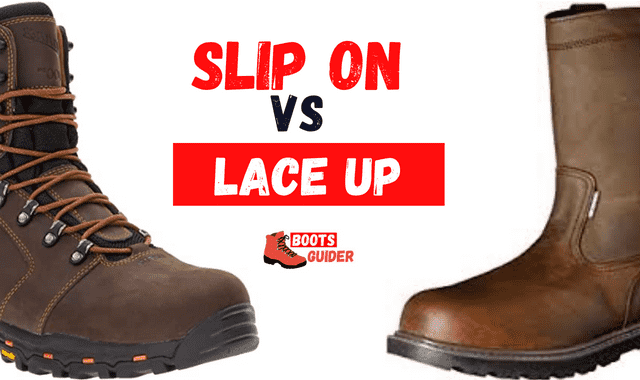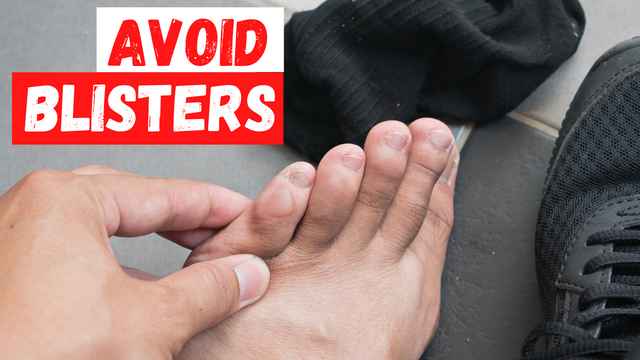Work Boot Width Guide: B, D, and E Widths Explained with Chart
Boots have been a part of human life for centuries, providing protection, comfort, and style. Whether for work, weather, or fashion, they have always played an important role in everyday life. However, when it comes to finding the perfect pair of boots, one of the most critical factors to consider is the width of the boot.
This comprehensive guide will delve into the world of boot widths, focusing on the B, D, and E width options. We’ll explore their historical significance, how to measure your foot width, and why getting the right fit is crucial.

Work Boot Width Guide Basics
Boot width is typically denoted using letters, and the width options available have evolved to meet the diverse needs of wearers. The most common width options today include:
- B: Narrow
- D: Standard (Medium) Width
- E: Wide
These widths accommodate individuals’ varying foot sizes and shapes. This article will focus on B, D, and E widths, representing three of the most prevalent width options for boots.
We’ve curated the best waterproof work boots based on expert insights and customer reviews. If you’re on a budget, check out our top picks under $100!
B Width Boots: A Trim and Sleek Choice
B-width boots are considered narrow and are designed for individuals with slimmer feet. These boots provide a snug fit, hugging the foot’s contours closely.
Advantages of B Width Boots:
- Sleek Aesthetic: B-width boots offer a streamlined and fashionable look.
- Secure Fit: They provide a tight and secure fit for narrow feet.
- Ideal for Dress Boots: B-width boots are commonly used for dressier occasions due to their elegant appearance.
D Width Boots: The Standard Choice
D width is considered the standard or medium width for most boots. It’s designed to fit the average foot comfortably and is the market’s most readily available width option. Approximately 68% of the population falls within the D width range, making it a safe choice for many.
Advantages of D Width Boots:
- Widely Available: You’ll find a vast selection of boots in D width, ensuring you have numerous style and brand options.
- Balanced Fit: D-width boots offer a balanced fit suitable for most foot shapes.
- Comfortable: They provide ample room for your feet without being too tight or too loose.
E Width Boots: Embracing Extra Width
E-width boots are designed for individuals with wider feet who require more space in the toe box and midfoot area. These boots are an excellent choice for those who often find standard D-width boots too constricting.
Advantages of E Width Boots:
- Optimal Fit: E-width boots provide extra room and comfort for individuals with wider feet, preventing discomfort and cramping.
- Improved Blood Circulation: The extra width improves blood circulation, reducing the likelihood of foot fatigue during extended wear.
- Accommodates Orthotics: If you use orthotic insoles or have special foot needs, E-width boots offer the space necessary for customization.
Measuring Your Foot Width

Before purchasing boots, it’s crucial to measure your foot width accurately. Here’s a simple guide to help you do so:
- Gather Your Supplies: You’ll need a piece of paper, a ruler, and a pen.
- Trace Your Foot: Place your foot on the paper and trace its outline.
- Measure the Widest Points: Using the ruler, measure the widest points of your foot. This is typical across the ball of your foot.
- Determine Your Width: Compare your measurement to the boot width chart provided by the manufacturer or retailer. If your measurement falls between B and D, consider opting for the standard D width. If it’s closer to E, then E-width boots might be the better choice.
The Importance of the Right Fit
Proper boot width is essential for your overall foot health and comfort. Wearing too-narrow boots can lead to issues like blisters, bunions, and even nerve compression, while too-wide boots may not provide the necessary support and stability.
It’s worth noting that your feet can change over time due to factors such as aging, weight fluctuations, and pregnancy. Therefore, it’s essential to measure your foot width periodically to ensure you’re wearing the right size.
Understanding Boot Sizing Statistics
Boot width statistics provide valuable insights into the diversity of foot shapes and sizes among the population. Here are some notable figures:
- B Width: Approximately 10% of the population falls within the narrow B width category. These individuals have slimmer feet that require a snug fit for comfort.
- D Width: As mentioned earlier, the D width is the standard for about 68% of the population. This represents the most common foot width.
- E Width: Approximately 20% of the population falls within the wider E width category. These individuals need extra space and support to accommodate their foot width comfortably.
These statistics underscore the importance of having a range of boot-width options available to cater to the diverse needs of consumers.
Finding Your Perfect Fit – Ultimate Work Boot Width Guide
When it comes to choosing between B, D, and E-width boots, your comfort and foot health should be the ultimate deciding factors.
Understanding your foot width and selecting the appropriate boot width is key to ensuring a comfortable fit that will keep you on your feet, whether you’re exploring the great outdoors or stepping out in style. Remember, a well-fitting boot is an investment in your foot’s well-being.
Work Boot Width Chart Explained
Men’s Shoe Sizes and Widths:
| Width | U.S. Size Range | European Size Range | Description |
|---|---|---|---|
| B | 6-16 | 38.5-51 | Narrow or Slim fit, best for narrow feet. |
| D | 6-16 | 38.5-51 | Medium or Standard fit, suitable for most feet. |
| E | 6-16 | 38.5-51 | Wide fit, designed for people with wider feet. |
Women’s Shoe Sizes and Widths:
| Width | U.S. Size Range | European Size Range | Description |
|---|---|---|---|
| B | 5-12 | 35.5-43 | Narrow or Slim fit, best for narrow feet. |
| D | 5-12 | 35.5-43 | Medium or Standard fit, suitable for most feet. |
| E | 5-12 | 35.5-43 | Wide fit, designed for people with wider feet. |
While the numbers are the same, the key difference is in the sizing system.
In the United States, both men’s and women’s shoe sizes are based on the same numerical scale, and the width is indicated by the letters (B, D, E) to accommodate differences in foot girth. European sizes are more standardized and use the same numbers for both length and width, with width differences generally being achieved through the design of the shoe.
For example, a U.S. size 8B and 8D for men might both be labeled as “42” in European sizing. The difference is in the width of the shoe (narrow vs. standard).
So, while the numbers are the same in the European sizing column, the key point is that the width varies based on the letter designation (B, D, E) in the U.S. sizing.
Understanding Boot Widths in Depth
Boot widths are crucial for comfort. They are usually labeled as:
- B (extra narrow)
- C (narrow)
- D (regular)
- E (wide)
- EE (extra wide)
- EEE (triple wide)
Men’s Boot Width Chart
| Width | Inches |
|---|---|
| B (Extra Narrow) | 3.6 – 3.8 |
| C (Narrow) | 3.8 – 4.0 |
| D (Regular) | 4.0 – 4.2 |
| E (Wide) | 4.2 – 4.4 |
| EE (Extra Wide) | 4.4 – 4.6 |
| EEE (Triple Wide) | 4.6 – 4.8 |
Women’s Boot Width Chart
| Width | Inches |
|---|---|
| B (Extra Narrow) | 2.8 – 3.0 |
| C (Narrow) | 3.0 – 3.2 |
| D (Regular) | 3.2 – 3.4 |
| E (Wide) | 3.4 – 3.6 |
| EE (Extra Wide) | 3.6 – 3.8 |
| EEE (Triple Wide) | 3.8 – 4.0 |
Conclusion – Work Boot Width Guide
Boots have a rich history and have evolved to accommodate the diverse needs of individuals. B, D, and E width boots represent three of the most common width options, catering to narrow, standard, and wide feet, respectively. Properly measuring your foot width and selecting the right boot width is essential for comfort and foot health. So, whether you prefer the sleek look of B width, the standard fit of D width, or the roomy comfort of E width, make sure your boots are a perfect match for your feet.





Very great Guide. I just stumbled upon your blog and wanted to mention that I’ve really enjoyed surfing around your posts. I will be subscribing for your rss feed and I am hoping you write once more soon!